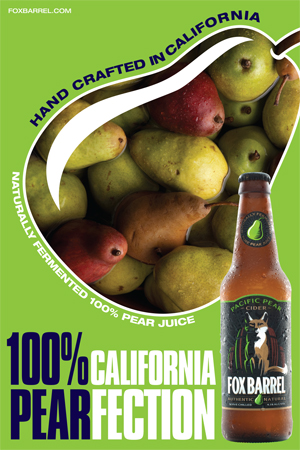 Indian food has long been a favorite of mine — both before and after my celiac diagnosis. So much of it is naturally gluten-free and all of it is so so delicious. Whether I’m making one of my own Indian inspired dishes (or in this case, this dish from The Nourished Kitchen) or heading out to a local lunch buffet at any one of my favorite spots here in L.A., I know that I’m going to be having a great time enjoying some of the best food on the planet.
Indian food has long been a favorite of mine — both before and after my celiac diagnosis. So much of it is naturally gluten-free and all of it is so so delicious. Whether I’m making one of my own Indian inspired dishes (or in this case, this dish from The Nourished Kitchen) or heading out to a local lunch buffet at any one of my favorite spots here in L.A., I know that I’m going to be having a great time enjoying some of the best food on the planet.
– – –
“Curried lentil soup, rich with the heady scent of toasted cardamom, coriander and fenugreek, moves from the humble to the extraordinary. I don’t often cook curries, not that I dislike them: far from it, I love curry; it’s just that I find more easy inspiration in culinary herbs from the kitchen garden (many of which have medicinal uses) and for get the exotic spices that perfume dishes like this curried lentil soup. It’s an uplifting perfume but sexy and earthy, too, ginger and shallots cook in grass-fed ghee or clarified butter, an ingredient essential in classical Indian cuisine, that offers the dual value of being one of the most nutrient-dense fats to any home cook. It’s brimming with vitamin A, vitamin K2 and conjugated linoleic acid. You can make ghee at home or, if you’re like me, you’d just purchase it online from an artisanal producer (see sources).
Making a good lentil soup is a slow process, as any good soup should be and it first begins with soaking the pulses for ten to twelve hours in warm water into which whey, yogurt or another acid has been added. This traditional process that our great-great-grandmothers knew well is all but forgotten today. A shame, really, for soaking legumes first for this curried lentil soup or for other dishes requiring their use effects three primary goals: 1) it increases the digestibility of legumes by neutralizing enzyme inhibitors that make digesting the proteins found in legumes difficult; 2) it liberates the plentiful minerals bound up in legumes by degrading the antinutrient phytic acid, and 3) soaked legumes typically cook more quickly and more thoroughly than those that have not been soaked. Thus in one traditional practice, you’ve effectively increased the nutrients available to your body from legumes like lentils, peas and beans. It’s a simple tradition, as it should be, but powerful and beautiful too…”






